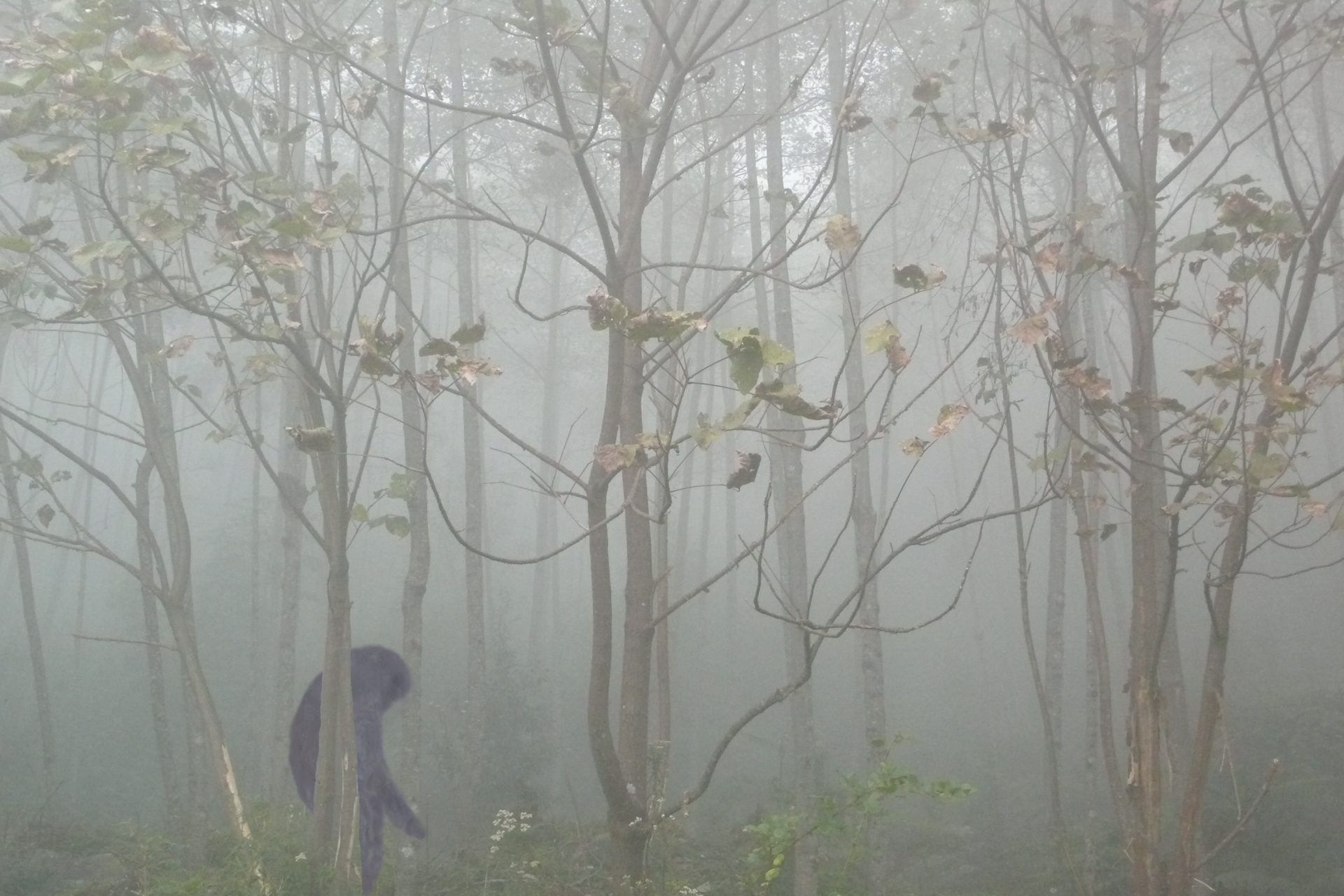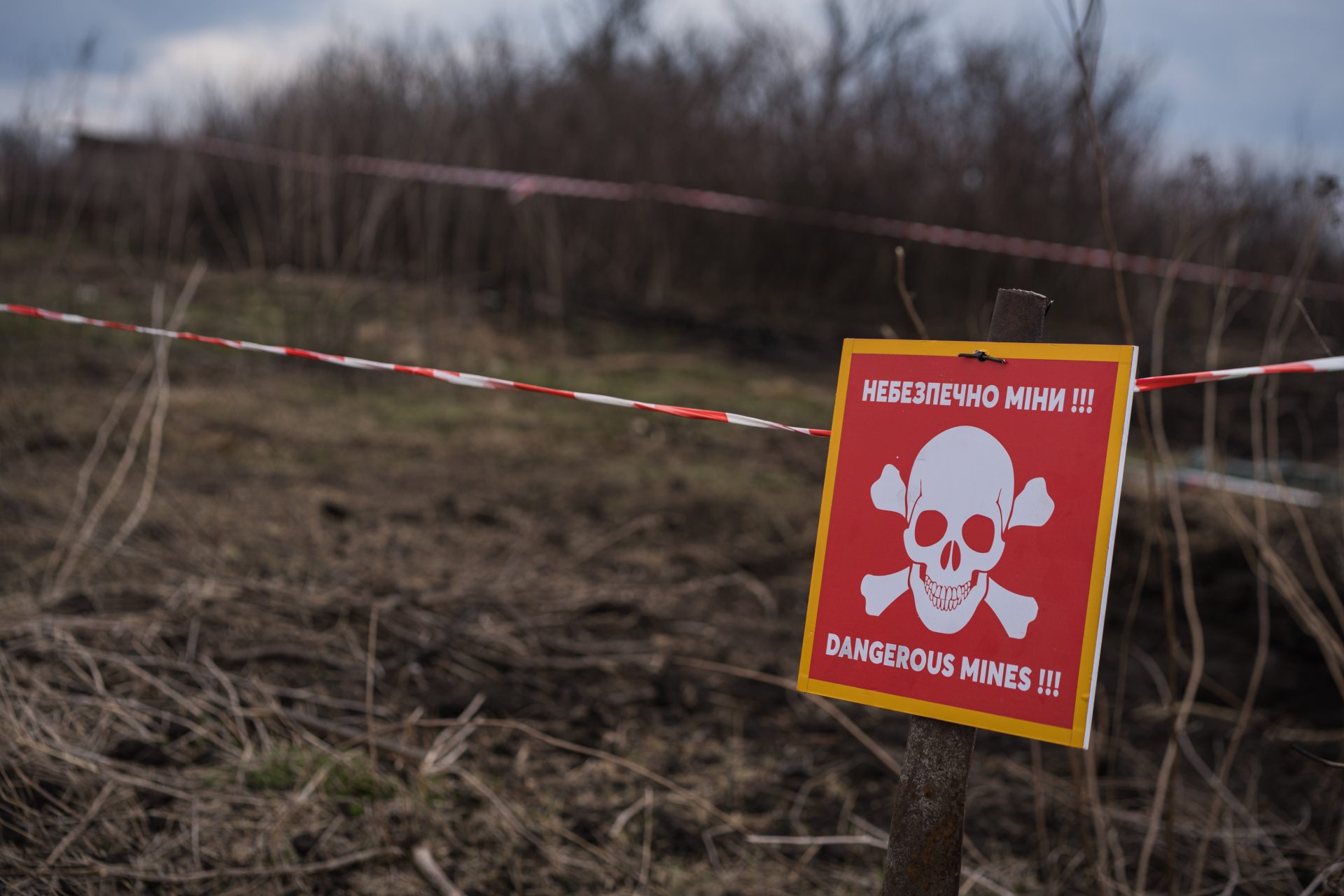Pingelap, Micronesia: the island of the colorblind
White beaches, incredible coral reefs, lush vegetation, an emerald sea and blue skies: this is what comes to mind when we think of Micronesia.
Here, imagine now how you would feel if you were immersed in the whirlwind of colors of a corner of paradise like this and you couldn't distinguish any of them. And if the blue of the sea in front of your eyes, in reality, appeared gray to you, as in the photo.
Photo: kaboompics
This is what happens to the inhabitants of Pingelap, a remote atoll in the Caroline Islands, in the State of Pohnpei: in this place in the South Pacific, colors are a luxury that not everyone can afford.
Most of the inhabitants of this atoll suffer from a form of extreme color blindness called achromatopsia, as Dr. Oliver Sacks (pictured) discovered in the mid-90s. Sack went on a journey to Pingelap in 1994, from which, two years later, a best seller was born, entitled "The Island of the Colorblind".
Pingelap had piqued the attention of Dr. Sacks precisely because of the strong incidence of this rare genetic condition, which causes color blindness, a vision defect that affects about 10% of the inhabitants of the island. That means that this disorder is 5000 times more frequent on the island than in the rest of the world.
Photo: Sangharsh Lohakare / Unsplash
We speak of 'color blindness', as achromatopsia makes an individual completely (or partially) color blind.
Photo: Harry Quan / Unsplash
A person with partial achromatopsia cannot correctly perceive some colors (mainly green and red) and in the world it is a condition that affects a large portion of the world population, affecting men (8%) more than women (0.5 %), according to the results published by Nature.
Total achromatopsia, on the other hand, is the inability for those who suffer from it to see any color, except black, gray and white. Approaching an image like this, in short, a person suffering from it can distinguish its darker and lighter parts, but only by approaching it can they distinguish the details.
Photo: Pixabay
This vision defect is caused by the lack of cone photoreceptors in the retina of the eye. The cone photoreceptors, also called cones only, located in the central area of the retina, are nerve cells responsible for the perception of colors.
The trichromatic vision of man is possible thanks to the existence of these photoreceptors and the three types of pigments (red, green and blue) they present. There are over 6 million in the human eye. Furthermore, it is the nerve cells that are responsible for improving the sharpness of the light processed by other photoreceptors, the rod photoreceptors, called rods.
Together with the rods, the cones have a very important function, that of transduction. Cones and rods, in fact, hit by the light that reaches the back of the eye, transform it into information (first chemical, then electrical) which is transmitted to the brain through the optic nerve.
When the number of cones in the center of the retina is reduced, humans may not be able to distinguish certain primary colors or any secondary colors, born from the combination of the latter.
Photo: Nong V / Unsplash
When cones are almost completely absent, color blindness can be extreme and human inability to distinguish colors may occur. That is, a person, in this case, has a deficit that affects all three primary colors and, therefore, it is as if they see the world "in black and white".
Photo: Ihor Malytskyi / Unsplash
Current data indicate that the incidence of this form of color blindness in the world is extremely low: one in 30,000 people suffer from it, as reported by the National Library of Medicine. On the island of Pingelap, however, it affects between 8 and 10% of the inhabitants.
In addition to not distinguishing colors, as we have mentioned, people with achromatopsia also have problems with light: their vision is less clear and they are, in fact, extremely sensitive to light.
Photo: Timo Volz / Unsplash
The problems that this last aspect entails are many, as a fisherman from the island told the BBC: "It is difficult for me to be out during the day, because when it is sunny I see nothing and I cannot do my job" , stating that, for this reason, he preferred to fish at night.
Achromatopsia is a genetic condition and, in the case of the island of Micronesia, is attributed to a founder who is presumed to carry the achromatopsia gene. The frequency of the condition appears to have increased dramatically after Typhoon Lengkieki, which hit the island hard in 1775, killing 80% of its inhabitants.
Photo: Adrian Smith / Unsplash
Due to its geographical position, the small atoll of about 2 km2 is, in fact, subject to adverse climatic factors of this type. But, whether it was the typhoon or not, it is clear that at some point in the island's history there must have been what is called a "bottleneck" in genetics.
A genetic "bottleneck" is a type of gene drift caused by a drastic and sudden reduction in the population, which leads to a reduction in genetic diversity. There are generally two scenarios: either the alleles are reduced or some of them become predominant.
Photo: Ashraful Islam / Unsplash
This is a condition that, indeed, may have occurred in this atoll of Micronesia, where it is estimated that only 20% of the population survived the typhoon of 1775.
Photo: WikiImages / Pixabay
One of them, evidently, may have had in their genetic makeup a rare recessive variant of the gene that determines this extreme form of achromatopsia. Legend has it that this survivor was the ruler of the island, Mwahuele.
According to a study published in the American Journal of Human Genetics: "Mwahuele had seven children from three wives and one of them later married a cousin." The same study also reads: "The most likely explanation is that the gene was present, but rare, even before Typhoon Lengkieki, and that it was passed on by chance from Mwahuele to some of the few survivors."
Photo: Gerd Altmann / Pixabay
In short, the gene would pass from Mwahuele to subsequent generations. It must be said that, as a recessive allele, not all carriers develop achromatopsia, but about 10% of the population of the atoll, in fact, does not know what it means to see a color.
Photographer and researcher Sanna De Wilde conducted a report on the island, trying to reproduce through a collection of images how these colorblind islanders perceived the world opening up before their eyes (like the color of this sunset on their land). The photographer invited us to reflect: for those who cannot see it, color, after all, is nothing more than “a word”, she said.
More for you
Top Stories





































